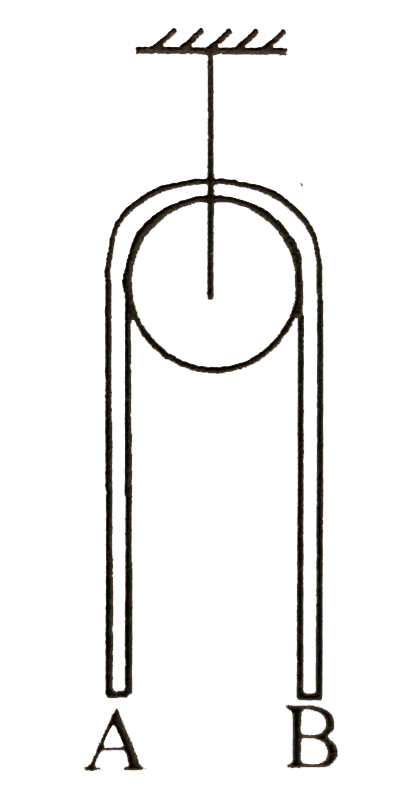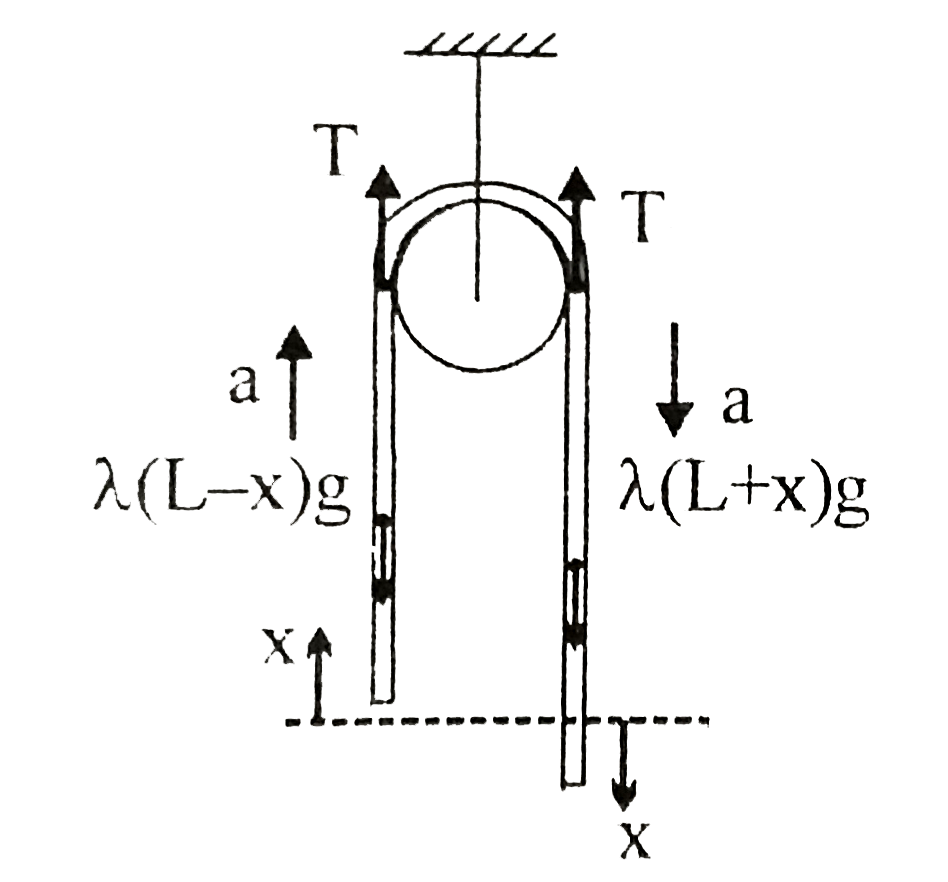A
B
C
D
Text Solution
Verified by Experts
The correct Answer is:
|
Topper's Solved these Questions
CENTRE OF MASS & MOMENTUM CONSERVATION
BANSAL|Exercise EXERCISE-2 [REASONING TYPE]|10 VideosView PlaylistCENTRE OF MASS & MOMENTUM CONSERVATION
BANSAL|Exercise EXERCISE-2 [MULTIPLE CORRECT CHOICE TYPE]|10 VideosView PlaylistCENTRE OF MASS & MOMENTUM CONSERVATION
BANSAL|Exercise EXERCISE-1 [SINGLE CORRECT CHOICE TYPE]|23 VideosView PlaylistGRAVITATION
BANSAL|Exercise EXERCISE -4 Section - B|6 VideosView Playlist
Similar Questions
Explore conceptually related problems
Knowledge Check
A
B
C
D
Submit
A
B
C
D
Submit
A
B
C
D
Submit
Similar Questions
Explore conceptually related problems
BANSAL-CENTRE OF MASS & MOMENTUM CONSERVATION-EXERCISE-2 [PARAGRAPH TYPE]
- A uniform chain of length 2L is hanging in equilibrium position, if en...
04:14
|
Playing Now - A uniform chain of length 2L is hanging in equilibrium position, if en...
02:57
|
Play - Momentum is the ability of imparting or tending to motion to other bod...
15:02
|
Play - Momentum is the ability of imparting or tending to motion to other bod...
15:02
|
Play - Momentum is the ability of imparting or tending to motion to other bod...
15:02
|
Play - Momentum is the ability of imparting or tending to motion to other bod...
15:02
|
Play - Momentum is the ability of imparting or tending to motion to other bod...
15:02
|
Play - A small ball B of mass m is suspended with light inelastic string of l...
06:04
|
Play - A small ball B of mass m is suspended with light inelastic string of l...
06:04
|
Play - A small ball B of mass m is suspended with light inelastic string of l...
06:04
|
Play

